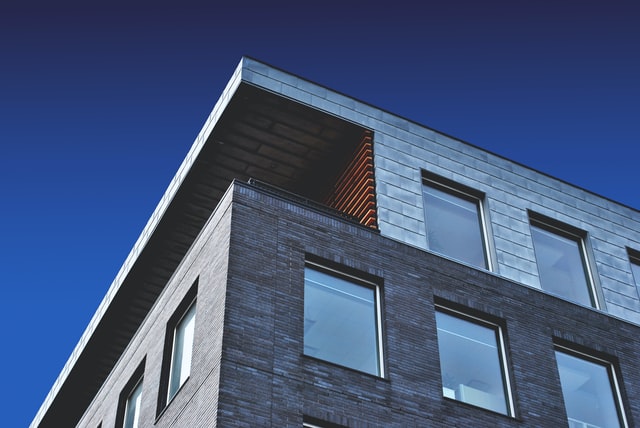Although hurricanes are among the most devastating natural disasters, securing your home and loved ones before, during, and after a storm may prevent fatalities and minimize property loss. Stay inside during a hurricane until you hear an official message saying it is safe to go outside.
Damage
During and after hurricanes, wind-borne debris can break windows and doors or penetrate walls and roofs. It can also cause fires by coming into contact with flammable materials like cloth or wood. If you are instructed to evacuate, make sure you have a bag with essentials ready, and designate a safe place for family members or employees that can be easily reached if evacuation becomes necessary.
The most dangerous part of a hurricane is its strong winds. The extreme forces they generate can crack trees into their bases, turn unsecured objects into projectiles, and blow down entire buildings. Fortunately, there are several ways to defend your property from hurricane hazards and those posed by other weather events like tornadoes or hailstorms. For example, you can improve your home’s storm-proofing by retrofitting it with hurricane impact windows glazing and accordion-style shutters. You can also trim tree branches and redirect downspouts away from your house.
Wind
A hurricane’s winds can cause damage to houses, especially if doors or windows are broken. Building experts say that protecting windows, doors, the roof and the garage door is key to preserving the house’s envelope or outer skin that allows wind to flow over the structure without damaging it. A home’s roof runs the danger of shedding shingles during a storm with gale-force winds (more than 74 mph). Large branches will likely fall, and window frames will shatter, causing structural damage and endangering life. When completed properly, many of the recommendations in this fact sheet can greatly reduce the amount of wind-induced damage during a storm. Therefore, residents should follow the instructions of their local authorities if told to evacuate when a storm is forecast to have gale-force winds.
Flooding
One of the most destructive forces during a hurricane is water. Rain falling at hurricane-force speeds can wreak havoc on the house, especially if it enters through usually wind-tight openings such as doors and windows. Waves can also cause flooding and storm surges that raise the sea level, inundating coastal buildings, destroying fishing piers, and displacing structures built on sand. Waves crashing onshore can carry away or destroy foundations, and their action erodes the sand under many shore-front homes, causing them to collapse. Any structure in a hurricane-hazard area is built at a high enough elevation so that the highest expected water will not reach it.
Rain
Rain from a hurricane is torrential and can flood homes, especially when wind-driven debris breaks windows or causes roof coverings to rip off if the house has not been built following a high-wind design and does not have hurricane clips and straps holding the roof structure to the walls, loss of shingles can cause water flooding into the home, collapsed ceilings, water-soaked and damaged contents and rotted and moldy interiors. The recommendations on this website to protect doors, garage doors and windows are the most important steps that can be taken to reduce this type of extensive water damage. Most damage that occurs during a hurricane is from rain, not wind. Storm surges and inland flooding from rain-induced by a hurricane typically kill more people than wind-induced injuries.





